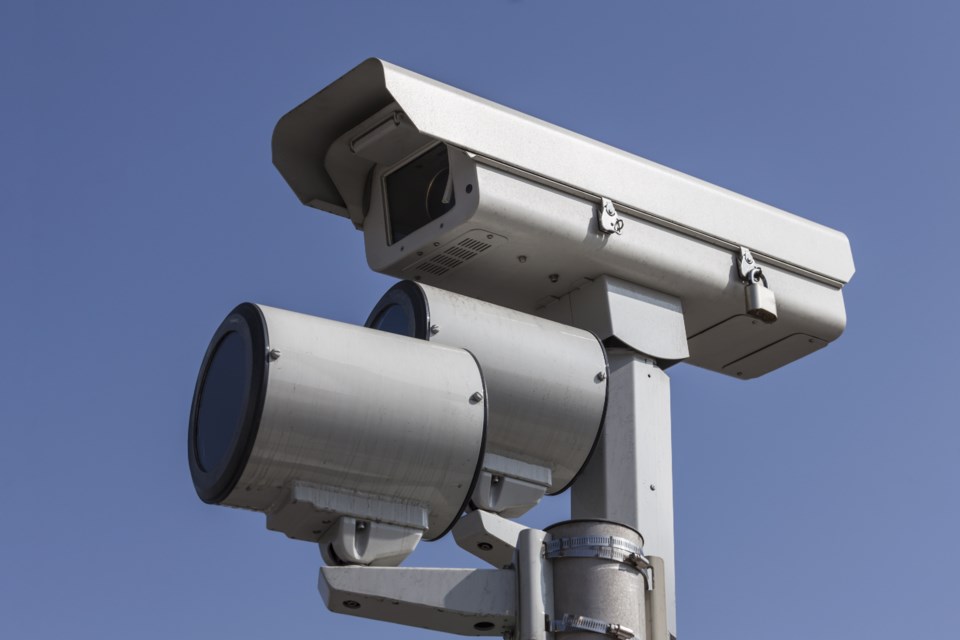The $325 ticket could be the least of your worries if you get into a right-angle collision, also called a T-bone, while running a red light in Newmarket.
“Right-angle collisions are the most severe and contribute to significant injuries and fatalities,” said Nelson Costa, York Region’s corridor control and safety manager for roads and traffic operations. “We want people to stop for red lights.”
The red-light camera enforcement program run by the Regional Municipality of York has since 2013 showed consistent results in changing driver behaviour and reducing the number of right-angle collisions by more than 70 per cent, Costa said. Also, tickets issued over that same period from Newmarket's red-light cameras dropped 50 per cent.
“We see changes in driver behaviour quickly,” he added. “When a camera goes up, in the first few months to a year, crashes decrease. After three to five years, there’s a significant drop.”
York Region doubled its red-light cameras last year, bringing the total number of digital recording machines to 40 at intersections spread throughout the region’s nine municipalities.
Newmarket’s three cameras are located at Bayview Avenue and Mulock Drive, Davis Drive and Ashton Road/Carlson Drive, and Bathurst Street and Davis Drive West. There are no plans to add new cameras until at least 2021, when the current contract ends with equipment supply vendor Traffipax Inc.
In consultation with York Regional Police, however, the regional government can move existing cameras to where they’re most needed.
Here’s how the cameras work: sensors detect a vehicle and its license plate when approaching a red light too quickly to stop behind the white line. A photograph is snapped. Once that vehicle enters the intersection after the light has turned red, a second photograph is taken. Traffipax collects all photos of potential red-light runners and sends them to a joint processing centre run by the City of Toronto. Centre workers there review the photos and send clear-cut cases to Provincial Court, where the fine is issued to the vehicle’s owner, regardless of who was driving.
The region keeps $265 of the fee, with the remaining $60 going to the province as a victim fine surcharge.
The number of vehicle owners who dispute the ticket is low, Costa said, adding that the photographic evidence is compelling.
York Regional Police also saw a reduction in the number of red-light tickets it handed out in 2017, according to its 2017 Statistical Report: 2,226 in 2017 vs 2,270 in 2016. Along with the same $325 fine, there's also three demerit points tacked on with this ticket.
Meanwhile, the debate over the use of red-light cameras continues and, more specifically, about the windfall of cash it generates. Ottawa Mayor Jim Watson is reported to have said in January that all revenue generated from the fines should go to the local police to help fight gun violence there. If re-elected in the upcoming Oct. 22 municipal election, he said he would ask council to turn over all revenue to the police and Safer Roads Ottawa, which totalled about $5 million in 2017.



